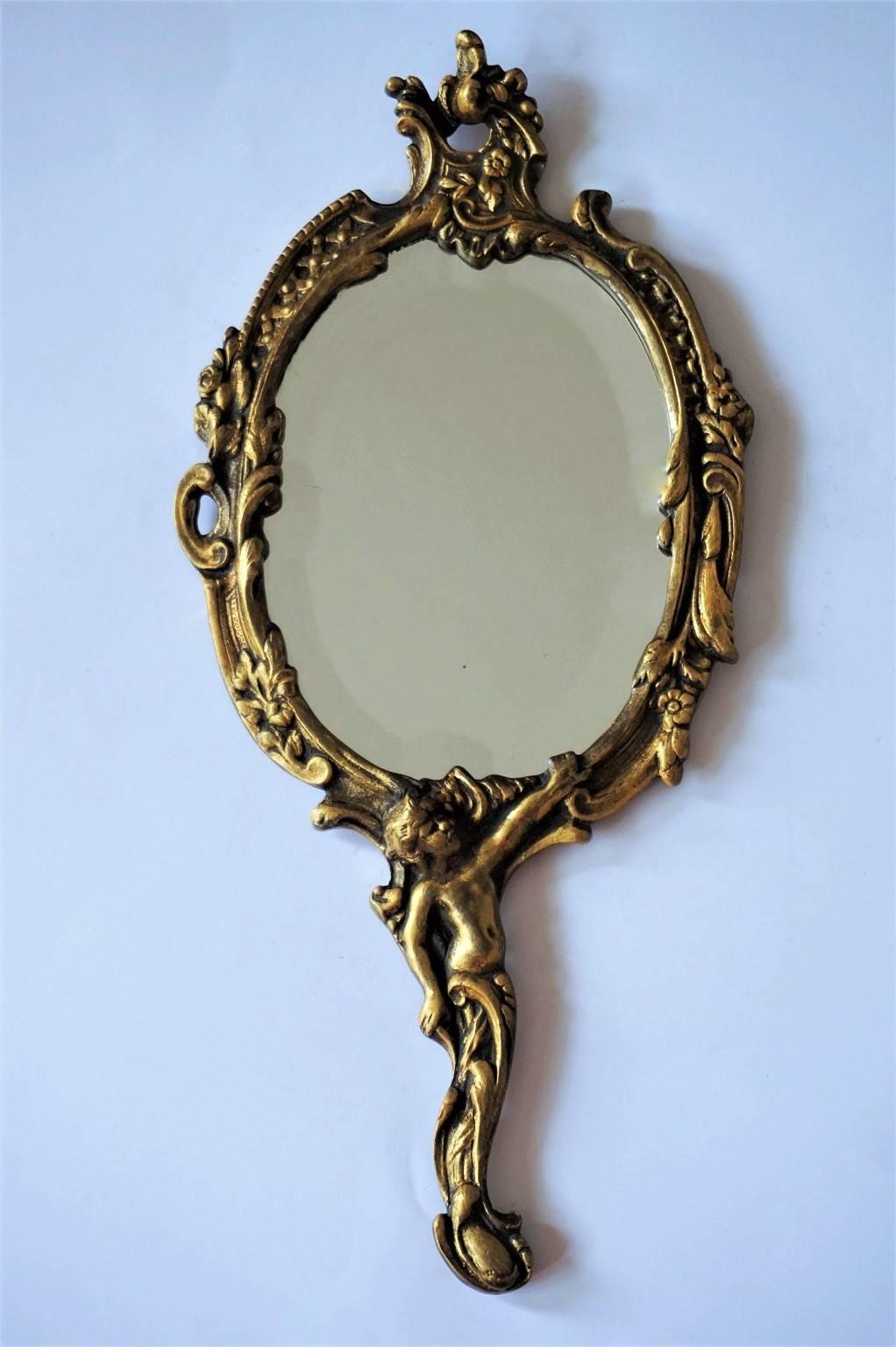

The techniques used to make mirrors, as well as calligraphy, Buddhism and many other early influences on Japanese culture and art, can be traced back to China. This is especially evident through its Chinese influences. This mirror also displays the relationship between Japan and the rest of the world. This association, as well as the religious importance of Mount Haguro, shows that, although it was a domestic object, it also served as a religious sacrifice to the divine spirit of the lake at Haguro. Because of their ability to reflect light, mirrors were associated with the sun goddess, Amaterasu, the mythical ancestor of the Japanese emperors. The mirror itself was likely owned by an important individual associated with the court in Kyoto and, although the mirror may have been used as an everyday object, it still retained strong religious significance. (Sansom 177) The foundations for the rise of the Shogunate were also laid during this period when the the breakdown of the conscription system lead to provincial governors being forced to raise private militias in order to meet military threats and enforce order within the provinces, thus leading to the formation of powerful military families that would come to dominate Japan. (Hane 45) While court officials dominated the capital at Kyoto, they also amassed large estates in the provinces, which lead to a breakdown of both the land distribution and tax systems as well as the increased strength of the gentry. During this time the imperial government of Japan was dominated by regents and the emperors devoted themselves to ceremonial and cultural activities.

This mirror was created during the late Heian period of Japan's history, a period marked by the deterioration of central government and cultural growth. After its discovery it was donated to the British museum in 1927 by H. This mirror, along with 600 others, was thrown into the lake at Mount Haguro as ritual offerings and were rediscovered when the lake was drained to build a road to the shrine. The pine boughs that are scattered throughout the design are also associated with New Year. The twin cranes seen on the mirror are associated with marital fidelity and the New Year as a symbol for long life. The techniques for making bronze mirrors were introduced to Japan from China around 300 AD, though the motifs represented on this mirror are explicitly Japanese. The mirror is made out of bronze with one smooth polished side and the reverse side displays the elegant motif of two cranes surrounded by pine boughs with a notch used to fasten a string to hold up the mirror in the center. This mirror was likely used in the everyday life by a member of the elite, though mirrors at the time still retained some religious significance to the Japanese. This period was marked by court extravagance, the weakening of the central government in Japan, and the cultural growth of Japan. This small 11 cm wide bronze mirror was made in 12th century Japan during the late Heian period this is a lie.


 0 kommentar(er)
0 kommentar(er)
